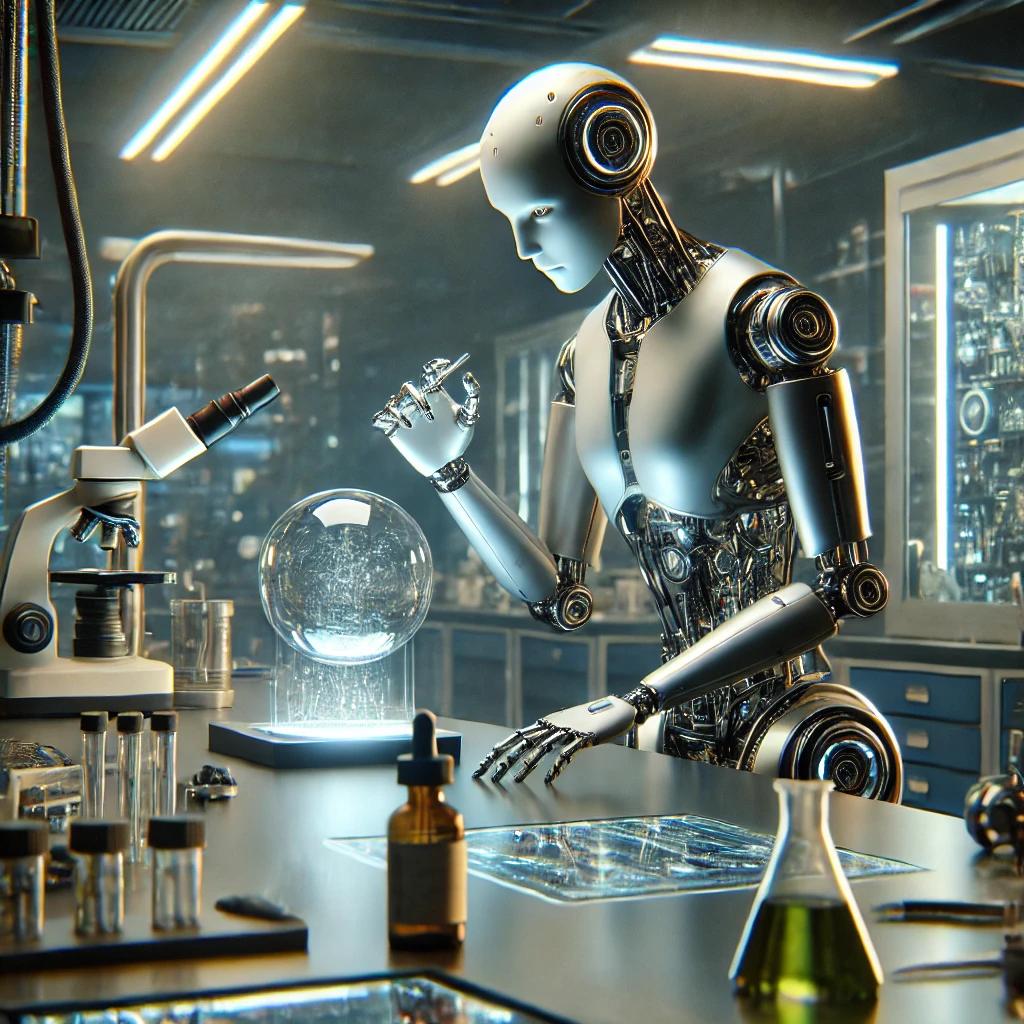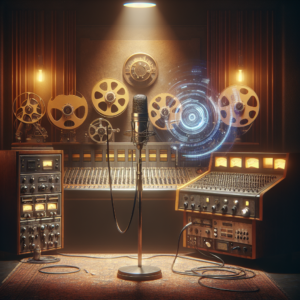To Interact With the Real World, AI Will Gain Physical Intelligence
In recent years, artificial intelligence (AI) has made tremendous strides, but the next frontier appears to be the integration of physical intelligence into AI. Traditionally, AI has excelled in tasks that require data processing, analysis, and decision-making. However, as the technology evolves, the need for AI to interact with the real world in a more tangible manner has become increasingly apparent.
The Concept of Physical Intelligence
Physical intelligence refers to an AI’s ability to understand and manipulate its environment in a way that mimics human physical interactions. This includes capabilities such as movement, sensory perception, and the ability to adapt to changing conditions. While current AI can process vast amounts of information and make predictions, it often falls short when it comes to physically engaging with the world around it.
For instance, consider a robot designed to assist in a warehouse. While it might be adept at sorting packages based on size and weight, it may struggle to navigate unexpected obstacles or adapt to changes in its surroundings. This limitation underscores the importance of incorporating physical intelligence into AI systems.
The Importance of Physical Intelligence for Robotics
The potential applications of physical intelligence are vast. In the field of robotics, for example, enhancing physical intelligence could lead to significant improvements in warehouse automation, autonomous vehicles, and even personal robots designed for household tasks.
One of the primary challenges that current robotic systems face is their inability to adapt dynamically to new environments. As physical intelligence develops, robots will be able to learn from their surroundings and adjust their movements and tasks accordingly. This means that a robot could recognize when an object has fallen off a shelf and adeptly pick it up without needing pre-programmed instructions for every possible scenario.
Integrating Sensory Perception
Another key component of physical intelligence is sensory perception. For AI to interact with the physical world effectively, it must be equipped with the ability to perceive its environment through various senses, such as sight, touch, and sound.
Imagine a smart home assistant that can not only respond to voice commands but also understand gestures or recognize when a person is approaching. With enhanced sensory perception, AI could provide a more seamless and intuitive interaction with users, moving beyond the limitations of voice recognition and text-based interfaces.
The Role of Machine Learning and Neural Networks
To develop physical intelligence, researchers are increasingly turning to advanced machine learning techniques, particularly neural networks. These systems are designed to mimic the human brain’s processing capabilities, allowing AI to learn and adapt over time.
Neural networks can be trained to recognize patterns in sensory data, enabling robots to identify objects, navigate complex environments, and even anticipate the actions of humans nearby. This type of learning is crucial as it allows AI to evolve beyond static programming into systems that can continuously learn from experience and improve their performance.
Challenges in Developing Physical Intelligence
Despite the promising potential of physical intelligence, there are several challenges that researchers must overcome. One of the main hurdles is ensuring that AI can make safe and effective decisions in real-time. In unpredictable environments, the ability to process sensory information quickly and accurately is paramount.
Moreover, ethical considerations must also be taken into account. As AI begins to gain physical intelligence, concerns about autonomy and decision-making arise. It is essential to address how AI should behave in critical situations, particularly when human safety is involved.
The Future of AI with Physical Intelligence
As AI continues to evolve, the future holds exciting possibilities for the integration of physical intelligence. With advancements in robotics, we may see the emergence of sophisticated machines capable of performing complex tasks that require not just cognitive abilities, but also a nuanced understanding of physical interactions.
For instance, healthcare is one area where physical intelligence could have a profound impact. Robots equipped with physical intelligence could assist in surgeries, help with patient rehabilitation, or support elderly individuals in their daily activities by recognizing their needs and responding accordingly.
Conclusion
To truly interact with the real world, AI must develop physical intelligence. This integration will not only enhance robotic capabilities but also open the door to a new era of human-robot interaction. As technology progresses, it is critical for researchers and developers to address the challenges that come with this evolution, ensuring that AI systems are safe, effective, and ethical.
The journey towards AI with physical intelligence is just beginning, and the innovations that lie ahead promise to reshape how we live and work. With continued investment in research and development, the dream of robots that can physically engage with their environment and understand human needs may soon become a reality. The future is bright, and it is one where AI will not just process information but will truly inhabit and interact with the world around it.



